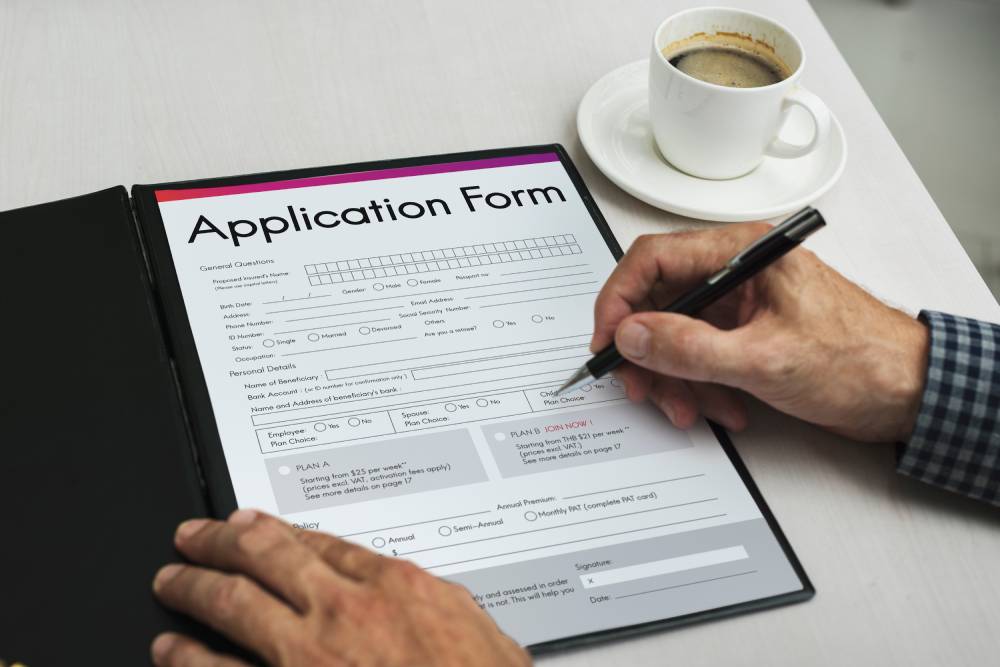As September 2023 arrives, we find ourselves in the midst of preparations to send, or some of us have already sent our child to Australia – the land of opportunities. However, recent news has emerged: ‘Australia prohibits concurrent enrollment’ as part of an effort to enhance regulations surrounding questionable education providers. Now, you must be wondering what the future will look like for students who are already there.
“The Rome Wasn’t Built In a Day”
Before we continue, let’s take a trip down memory lane. We all remember those days when Australia reopened its student visa application process after the COVID-19 pandemic. Regrettably, fraudulent activities began to surface shortly thereafter. As a consequence, many Australian universities enacted bans on students from specific states, including Punjab, Haryana, UP, Uttarakhand, and J&K in India in 2023. One by one, universities began openly expressing their reluctance to admit students from a specific educational board and certain Northern Indian states.
Why do you think universities arrived at this decision? Surely, they must have had data or feedback to support their choice of not accepting students from certain parts of India. While they attempted to convey the reasons in various ways, individuals exploited loopholes in the law. This decision wasn’t hastily made; rather, it resulted from a gradual uncovering of the gaps in the system.
Students Lured to Change Courses On the Pretext of PR
Given the existing loopholes in the system, students and agents took advantage in the form of concurrency COE (Certificate of Enrolment). This loophole allowed students to simultaneously pursue another course without impacting their visa conditions. During the February intake, a significant number of students, particularly undergraduates who had arrived in Australia, were approached by onshore agents. These agents encouraged them to switch to more affordable courses under the premise that such courses would also facilitate their Permanent Residency (PR) applications.
It’s crucial for students to recognise that attaining PR status typically takes 4 to 5 years. Unfortunately, in their aspirations for PR, students often squander the diligent effort they invested in selecting their initial courses, obtaining Genuine Temporary Entrant (GTE) clearance, and securing their visas in 6 months.
Who is at the Receiving End?
You will be shocked to learn that there has been a “sharp increase” in the usage of the concurrent function in 2023, with 17,000 concurrent enrollments made in the first half of the year. This is in contrast to approximately 10,500 enrollments for the same period in 2019 and 2022 combined, according to the government report. This substantial difference between the figures for those two years and the initial six months of this year has prompted the university to prohibit such students from studying in Australia. As a result, genuine students who had successfully passed the Genuine Temporary Entrant (GTE) requirement but were declined during interviews due to these students’ misuse of the system ended up having to pay a significant price.
Study, Work, And Settle
Studying, working, and settling in Australia is a straightforward path to establishing a life in this country. Australia is set to introduce significant changes at the end of this year, offering a streamlined approach. The key is to first enrol in a degree programme that aligns with the country’s current demand and subsequently gain valuable work experience in the same field during your stay on a work permit. This method greatly expedites the process of obtaining permanent residency (PR), eliminating the need for an extended eight-year wait. However, it’s important to emphasise that success depends on your dedication and performance during your chosen course of study.
What’s particularly advantageous is that Australia does not base work permit eligibility solely on academic grades, providing a fair opportunity for genuine students. This impending change will be a boon to those who aspire to build a better life in Australia. Even Federal Education Minister Jason Clare has highlighted that nine out of every ten jobs created in Australia require a university degree, with only one in ten necessitating enrollment in a diploma course. This underscores a clear message to prospective students and their parents: starting on the latter path will lead to a dead-end, wasting both time and money. It’s important to note that despite advice from overseas agents, it is only the government that can assist you in obtaining a work permit and PR. These recent developments emphasise the reasoning behind these alterations.
A Fix That Shines Bright
The Albanese government has taken a strong stance against these activities in order to stop them, starting a mission to restore the integrity of Australia’s foreign education system. A crucial step was the closing of the “concurrent enrollment” loophole, which permitted quick provider swaps. This courageous move strengthens the dedication to provide students with a real and worthwhile educational experience.
Not only this, but also the potential implementation of suspension certificates for over 200 high-risk education providers is arguably one of the most revolutionary steps. Australia is determined to hold institutions accountable for their activities, and this forward-thinking move signifies a departure from the current status quo. The government demonstrates a balanced approach by seeking input on laws for suspension certificates that address institutional misbehaviour while preserving the health of the sector.
Keeping Students Safe and Sound
Beyond plugging loopholes, the government is committed to the welfare of overseas students. Therefore, the amount of funds required from international students in order to obtain a student visa will also be increased by the government. The students will have to provide proof of $24,505 in savings as of October 1, 2023, a 17% increase from the previous requirement.
A consideration of the rising cost of living and the desire to protect students from insecure employment conditions led to the decision to raise the financial requirements for student visas. This modification not only ensures students’ safety but also demonstrates Australia’s dedication to creating an environment that is favourable to learning and individual development.
The timing of these improvements could not be more critical as the number of international students is on the rise. Jason Clare, the minister of education, correctly emphasises the need to stop “predatory ‘second’ providers” from abusing children. Building a future in which students may succeed intellectually, personally, and professionally is more important than simply maintaining the reputation of Australia’s educational system.
Takeaway
Australia has always been associated with expansion, diversity, and success in the field of international education. This symbol is given fresh life by the government’s aggressive actions to prevent exploitation and guarantee integrity. Australia is embracing a future where students can trust the system and the promise of high-quality education by eliminating barriers to manipulation, tightening financial safeguards, and researching creative ways to hold institutions accountable.
As the sun sets on the era of unethical practices, a new dawn rises—one where students, educators, and the nation unite to uphold the true spirit of education. This is not just a turning point for Australia’s international education sector; it’s an awakening of principles that will illuminate the path for generations to come.





